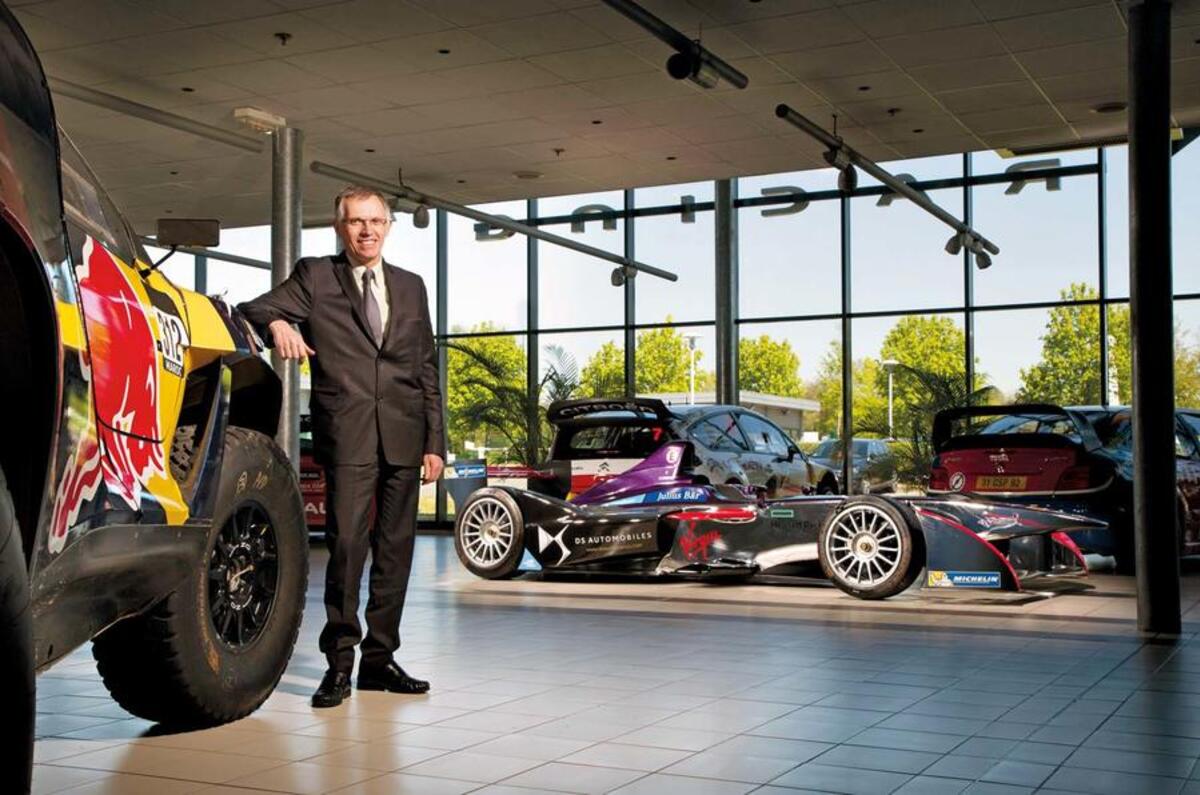Stellantis, the newly minted (and strangely named) firm created by the merger of the PSA Group and Fiat Chrysler, is a bit of a beast.
With the merger now formally completed, thanks to the filing of more than 12,500 pages of official documents, Stellantis becomes the world’s fourth largest car firm – but arguably the most disparate. It includes 14 brands, sells car in more than 180 countries, has operations in more than 30 counties and employs more than 400,000 staff.
And those 14 brands represent a more disparate portfolio than those of other car giants such as Toyota, the Volkswagen Group, Daimler and Ford. There are brands with roots in France (Citroën, DS, Peugeot), Italy (Abarth, Alfa Romeo, Fiat, Lancia, Maserati), the UK and Germany (Vauxhall-Opel) and the US (Chrysler, Dodge, Jeep, Ram). Those brands range from mass-market manufacturers to off-road experts, to premium firms to an American pick-up specialist. The group’s Ram truck-led US division is its major profit pool, but much of its base is in the European mass market.
Basically, Stellantis has scale, but as yet little in the way of a common thread, and it’s going to be a major challenge to get those disparate, diverse elements working in a unified fashion. That task will be led by CEO Carlos Tavares, who as head of the PSA Group reinvigorated both Peugeot and Citroën and led the purchase of Vauxhall-Opel before rapidly turning that long-struggling firm into a profitable operation.
Leading Stellantis will be a challenge on a new level, but past experience suggests it’s one Tavares is fully capable of meeting - and that was evident from his performance in his first post-merger press conference. For nearly two hours, Tavares fielded a series of difficult questions like a pro and presented a clear vision of how Stellantis can succeed - while wielding both carrot and stick.
Tavares insisted that the vast scale of Stellantis could be an asset and that the diversity of the firm and its brands wasn’t a problem but an asset, claiming: “We don’t need to have one culture. We will leverage the diversity of our people”. Tavares said he sees his role as being “to leverage this diversity to offer exciting opportunities for customers”.
Yet, while celebrating diversity, Tavares also highlighted the opportunities the synergies the merger would enable. The aim is to achieve €5 billion (£4.4bn) of cost savings in the next five years and a big chunk of that will come from shared development and engineering. Tavares hinted the use of shared platforms – as PSA has successfully done – will “make the business plan fly” and enable brands such as Fiat to expand ranges in a way they couldn’t justify previously.
Tavares pushed Stellantis’s commitment to become carbon neutral and electrifying its range because that will be required by future regulations, but he also questioned whether those regulations were actually the best way to truly reduce emissions.








Join the debate
Add your comment
James - minor detail: Carlos Tavares is Portuguese...
Weren't they big in the 70's?, lots of brands under one name, kind of puts you off.
Tavares and his colleagues are a class act. PSA is one of the most profitable car companies on the planet, and the return to profitability for Vauxhall-Opel after so many years of losses is an outstanding achievement
We should not underestimate the potential for tangible benefits being possible by the increased volumes and shared development/engineering costs of the newly joined PSA-FCA group. The clever managing of solutions by PSA to changing emissions requirements enabled the company to keep selling when others could not, was a clear example of good planning and execution
Clear product differentiation and design creativity are likely to see the new group thrive. As for what it's called, does it really matter? It's just a group name after all